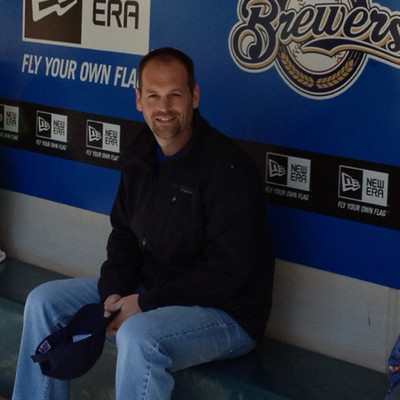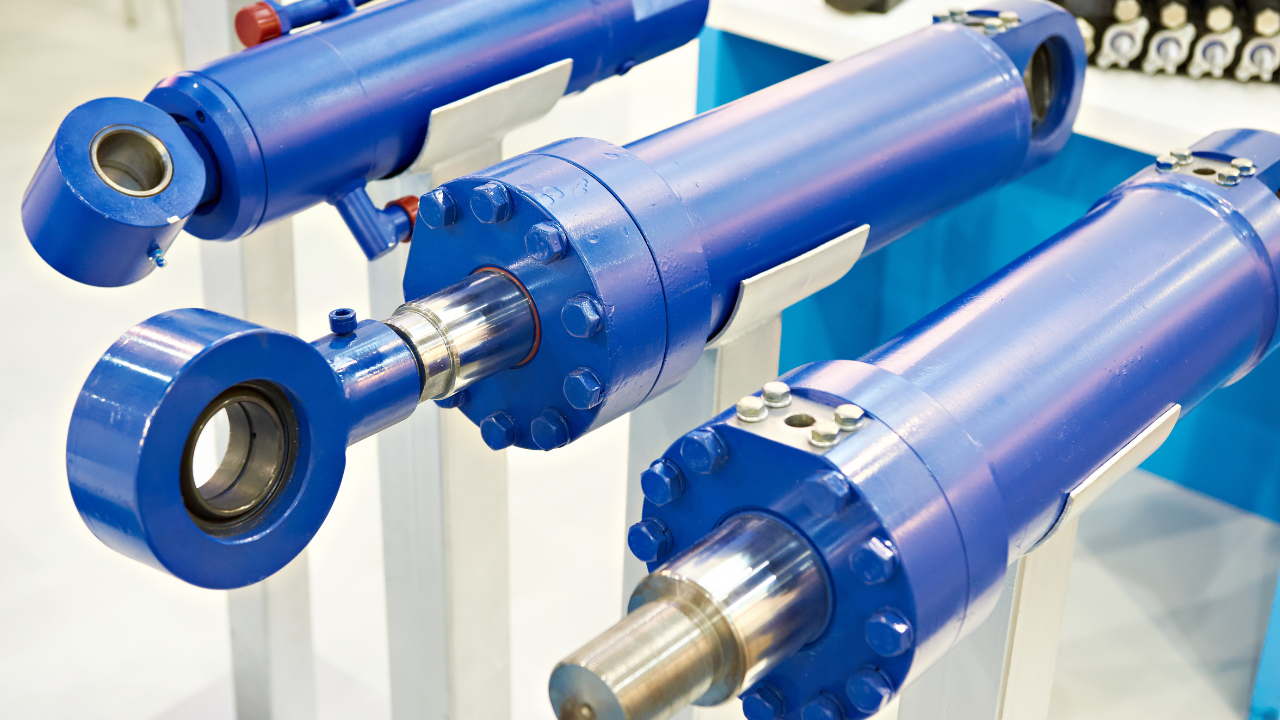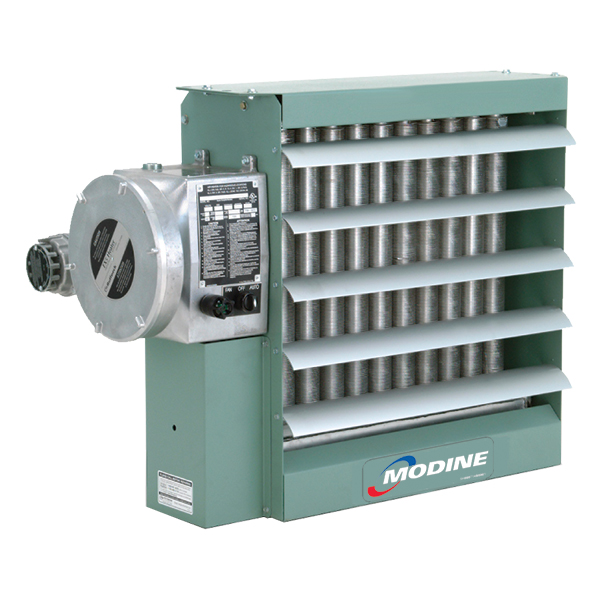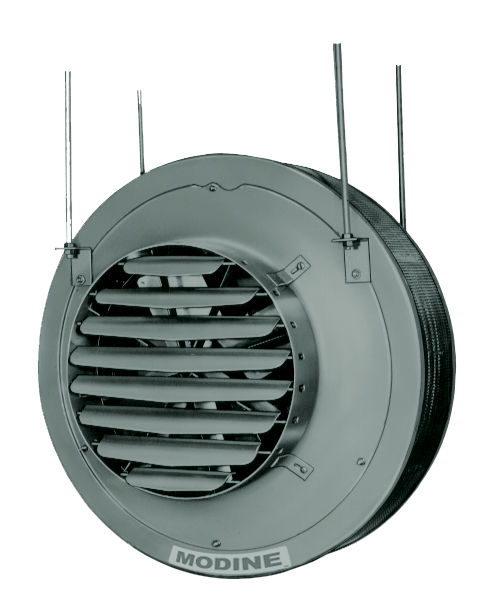Best Practices for Preventive Maintenance on Unit Heaters
Jamie Tuinstra
Posted on 9/21/23
When it’s time to turn on your facility’s heater, nothing is worse than realizing the entire system has broken down. Now, employees are frustrated, and supplies or equipment may be at risk, which ultimately hurts your bottom line. While heating solutions are an excellent asset for creating an optimal work environment, they can be costly to repair or replace. It could cost as much as $10,000 to replace a unit for a 1,000-square-foot building, which you probably didn’t budget for.

As a facility manager, it’s important to implement strategies that help prevent surprise breakdowns from occurring. As part of those strategies, you must develop a plan that encourages preventive maintenance, not reactive maintenance. In many situations, waiting for a problem to arise will cost more money to fix than taking proactive measures to prevent it. There are various best practices that should be considered when preventive maintenance becomes a part of your overall facility maintenance strategy. As it pertains to our expertise, we will be focusing on preventive maintenance for unit heaters.
Best Practices
First and foremost, any type of preventive maintenance should be done by a certified HVAC technician. When dealing with heating solutions, these individuals have been trained on the equipment. It’s always best to schedule an inspection with a qualified, trusted contractor. As part of the inspection, here are some best practices for preventive maintenance on unit heaters.
- Perform routine visual inspections of the unit heaters to check for signs of wear, corrosion or damage. This will include looking at loose or disconnected components.
- Keep the unit heater and surrounding area clean and free of dust, dirt and debris. Dirty components can reduce efficiency and cause early failures.
- Inspect the combustion chamber and burner for dirt buildup, corrosion or damage. Clean them as needed to maintain proper operation.
- Check exhaust vents and flue systems for blockages, leaks or corrosion.
- Lubricate motors and bearings annually.
- Regularly inspect and tighten electrical connections. Look for signs of overheating or damaged wires and contact a certified technician to replace them promptly.
- Test safety controls such as limit switches and pressure switches to ensure they are functioning correctly.
- Inspect the heat exchanger for cracks or corrosion. A damaged heat exchanger can release dangerous gases into the air and should be replaced immediately.
- Check and adjust manifold gas pressures. Pressures that are too high or too low can cause efficiency and operational issues.
By following these preventive measures, you are saving your company money that might be wasted on early breakdowns or failures.
Keep Your System Running
Making sure your heating solution is operating at maximum efficiency is vital once the temperatures start to drop. That’s why it’s important for facility managers to keep them prepped and ready in the warmer months. Preventive maintenance is the key, so it’s important to have a plan in place to implement the necessary steps and inspections that keep your unit fully functional. It’s the small things that will save you money while ensuring your system is operating efficiently.

Jamie Tuinstra
Jamie Tuinstra is a product manager at Modine Manufacturing. He has been in the heating and cooling industry for 25 years and with Modine for 16. At Modine, we are engineering a cleaner, healthier world. Building on more than 100 years of excellence in thermal management, we provide trusted systems and solutions that improve air quality and conserve natural resources. More than 11,000 employees are at work in every corner of the globe, delivering the solutions our customers need, where they need them. Our Climate Solutions and Performance Technologies segments support our purpose by improving air quality, reducing energy and water consumption, lowering harmful emissions and enabling cleaner running vehicles and environmentally-friendly refrigerants. Modine is a global company headquartered in Racine, Wisconsin (USA), with operations in North America, South America, Europe and Asia. For more information about Modine, visit www.modine.com.
Related Articles

Proactive Maintenance for Hydraulic Cylinders







